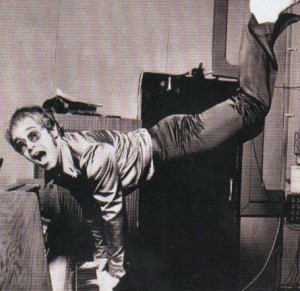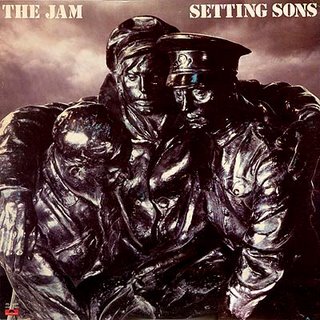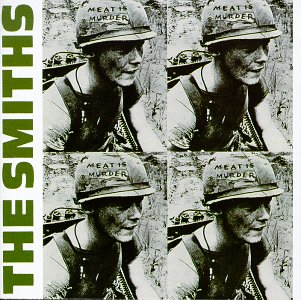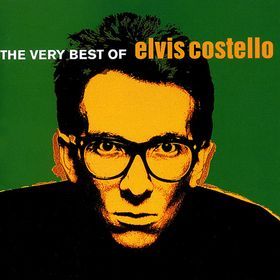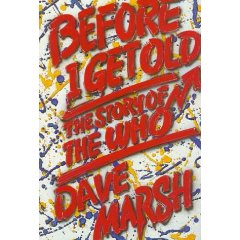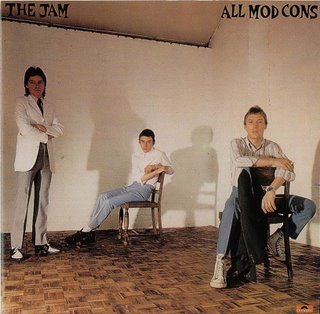
I Fought The Law...
There are many misconceptions surrounding The Clash. Regarding them as nothing more than punk rockers frequently tops the list. This happens because they started as that, and because one of their most successful songs from later on is a very loud number (you know which one – the one posing the existential dilemma).
Out of the six albums they were to release, only the first two ones deserve a “punk” label. They are the self-titled record (1977) and the one named “Give ‘Em Enough Rope” (1978). The third one (“London Calling”, 1979) had them diversifying their sound notably, until they experimented as much (or even more) than the Beatles in their triple album “Sandinista!” (released in 1980). The final album by the classic lineup was “Combat Rock” (1982), and it yielded two major American hits: the banal “Should I Stay Or Should I Go” and the so-so “Rock The Casbah”. These are the two songs most people associate with the band, and it is a bit shameful because they were capable of so much more than misconceptions arise and it is difficult to set things to right sometimes, even when you are talking to people who are music-educated.


